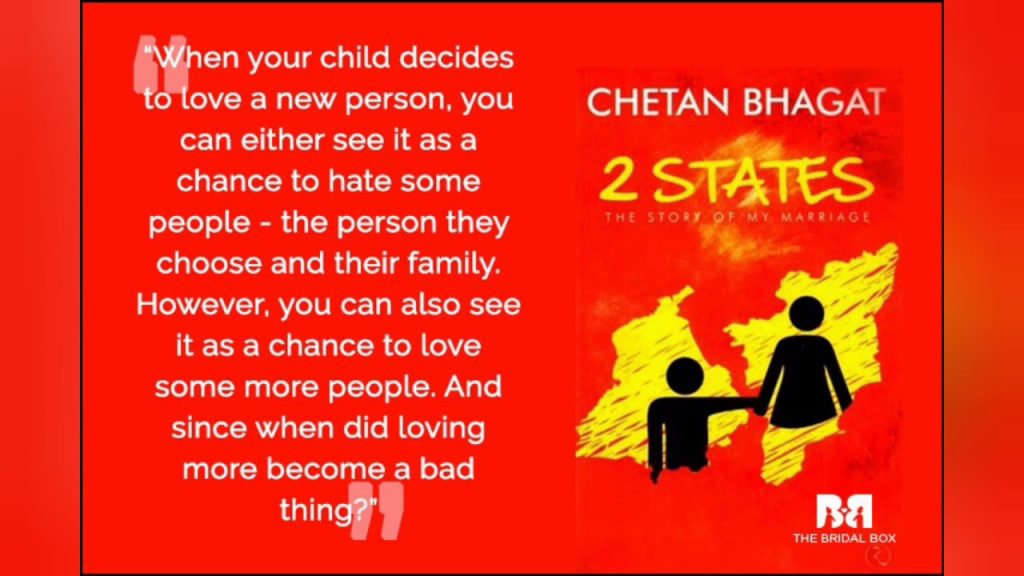
I always love stocking up on South Asian literature when I take trips to India and my relatives living there have picked up on this. Naturally, I was very pleased when my cousin gifted me “2 States” as a going-away present. I was even more pleased because both my cousin and his wife had already read the book and could not stop raving about it. I was very excited to explore this novel, especially, since it allowed me to get a glimpse of what kind of stories my cousins in India enjoy and can relate to.
Chetan Bhagat is on the rise among the younger generation in India and has written five best-selling novels so far. He has also earned the title of “the biggest-selling English-language novelist in India’s history” by the New York Times. Two of his novels have even inspired Bollywood movies, “3 Idiots” being one of them. After reading “2 States,” I can vouch for all the hype that surrounds Bhagat.
The novel focuses on the love story of a Tamil girl, Ananya and a Punjabi boy, Krish, who were on a mission to get married. It follows the storyline of any typical Bollywood movie, I wish I could say there were dramatic deviations from this fact, but there wasn’t. However, the book was still a great read.
Prior to the couple’s decision to get married, Bhagat offers the readers an in-depth look into the premarital relationship of the two, which caught me by surprise. Trust me, when I say that very few Bollywood movies would include the details Bhagat did when it comes to Ananya and Krish’s relationship. He executed this in a very tasteful and natural way without abusing the topic of premarital sexuality as South Asian media so often tends to do. The story flowed well and there was a good balance between their life before wanting to get married and their mission to make the seven rounds of the fire.
Bhagat did a fantastic job of introducing the readers to both character’s families and in instances where both parties were present, the juxtaposition exuded tension and discomfort that definitely resonated with the readers. This novel was very much about family and how important it is to get the families approval before embarking on something with a significant other. After reading this book, it is clear why couples in India enjoy it so much. It also shows where the younger generation stands in terms of relationships and love marriage.
Overall, this was an entertaining and light read. If you enjoy Bollywood stories with a slightly more realistic feel, you will most probably enjoy this story.




